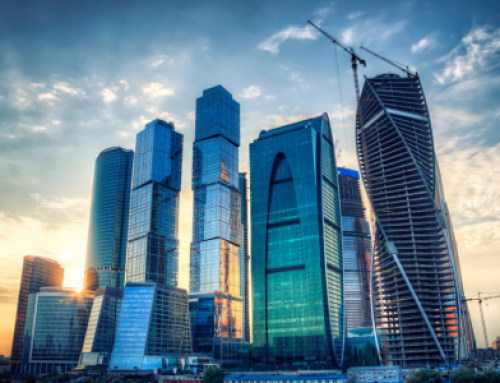Introduction
The Difference Between Color Correction and Color Optimization
Techniques for Color Optimization in Post-Processing
Creative Applications of Color Optimization
Outsourcing Color Optimization Services
Conclusion
Introduction
Colors are the soul of an image. They communicate emotions, establish atmosphere, and captivate viewers. While color correction is essential to ensure that your images accurately depict reality, color optimization is an equally powerful tool that empowers photographers and designers to push the boundaries of creativity. In this article, we will delve into the realm of color optimization, exploring its differences from color correction, techniques for color optimization in post-processing, creative applications, and tips for outsourcing color optimization services.
The Difference Between Color Correction and Color Optimization
Color correction and color optimization, though often used interchangeably, serve different purposes in the world of image editing.
Color Correction:
– It is the process of adjusting the colors in an image to make them appear natural and accurate.
– The goal is to neutralize color casts and balance the tones.
– It is essentially about fixing issues in an image.
Color Optimization:
– This is the creative enhancement of colors in a photo to make them more striking and captivating.
– The goal is to elevate the visual impact and aesthetic appeal.
– It is about taking an image beyond its original state and unlocking its full potential.
Techniques for Color Optimization in Post-Processing
- Selective Saturation: Enhance specific colors in an image to draw attention to particular elements.
- Color Grading: Apply creative color tints to shadows, midtones, and highlights to set a mood or atmosphere.
- Vibrancy Adjustment: Increase the vibrancy to make colors more intense without affecting skin tones.
- Split Toning: Apply different colors to the shadows and highlights. This technique is especially effective in creating a cinematic look.
- Color Balance: Creatively adjust the balance of colors to emphasize a particular hue or create a color contrast.
- Using LUTs (Look-Up Tables): Apply predefined color grading settings to instantly transform the mood of an image.
Creative Applications of Color Optimization
- Stylized Portraits: Use color optimization to create portraits with a distinct style or mood, such as vintage, futuristic, or high-fashion looks.
- Cinematic Landscapes: Enhance landscape photos with cinematic color grading to make them look like stills from a movie.
- Themed Product Photography: Optimize colors in product photos to match a brand’s identity or a marketing campaign’s theme.
- Fine Art Photography: Use color optimization to create artistic interpretations of scenes, transcending literal representations.
Outsourcing Color Optimization Services
- Portfolio Analysis: Before choosing a service, analyze their portfolio to ensure their color optimization style aligns with your vision.
- Clear Communication: Communicate your desired outcome clearly. Provide reference images if necessary.
- Revision Policy: Understand the service provider’s revision policy to ensure that you can request changes if needed.
- Turnaround Time and Pricing: Check if the turnaround time and pricing fit within your project’s timeline and budget.
Conclusion
Color optimization is like painting with light. It allows photographers and designers to not only represent reality but also create new realities. By understanding and harnessing the various techniques of color optimization, you can unlock endless creative possibilities. Whether you choose to master this art yourself or outsource to professionals, color optimization is an incredible tool to elevate your images to mesmerizing heights. As you venture into this realm, remember that with great power comes great responsibility; use color optimization to enhance, captivate, and innovate.





